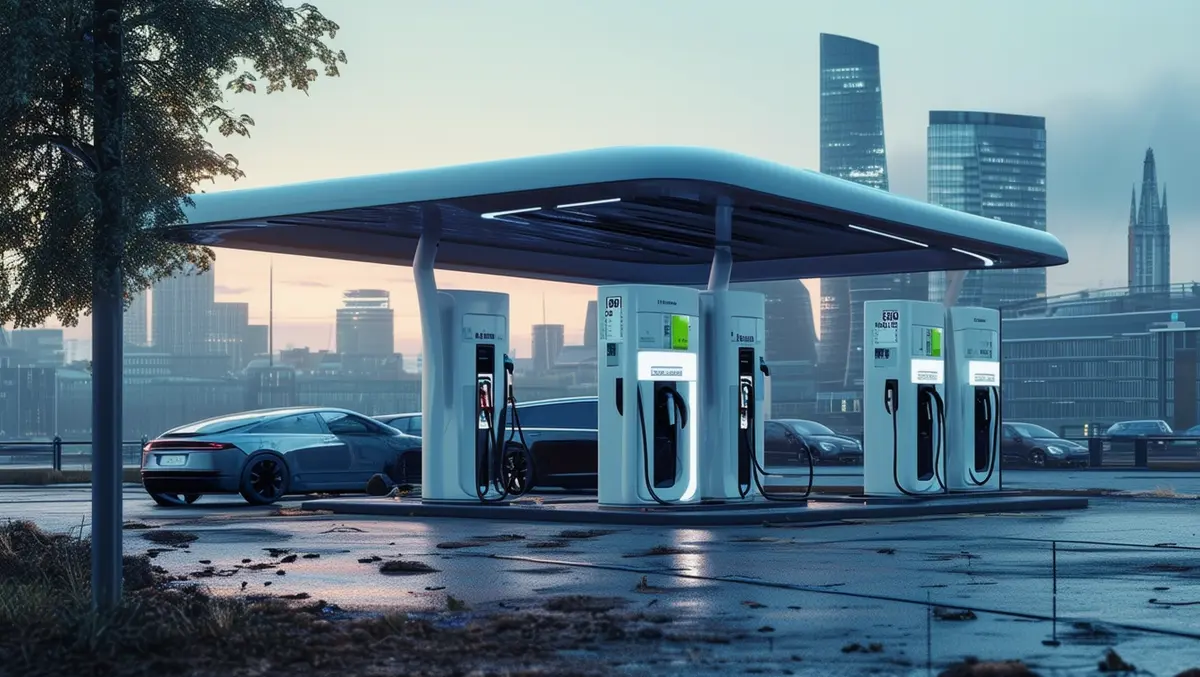
Will EV charging infrastructure ever be fit for purpose?
The transition to electric vehicles (EV) is central to achieving net zero goals. For the UK market in particular, these goals are ambitious. The date to phase out the sale of new petrol and diesel cars was recently pushed back to 2035, but with a new government in place since July, the original 2030 deadline is set to be restored.
This political 'flip-flopping' on dates has not been well received by the automotive industry or instilled the public with confidence. Five or 10 years may seem some way off, but it's a journey and all of the inter-dependent parts of the EV chain need to put plans in place now to get there.
This includes EV charging infrastructure. There's still some way to go in many countries, while in the US, for example, ambitious targets have made it one of the biggest EV charging markets. Well-funded for future development, the Biden administration committed more than $7 billion for the country's charging infrastructure as part of its bi-partisan infrastructure law in 2021.
We are starting to see some ambition from UK government, which published its Electric Vehicle infrastructure Strategy in 2022 to set out its vision and action plan for the rollout of a charging infrastructure, with a confirmed £1.6bn of public funding for charging points.
It's a good start, but we need an infrastructure that's fit for purpose. Equitable access to charging is critical, with charge points that are easy to find with up-to-date information on availability and pricing. EV owners need to feel confident there's a viable network of fast charging points in places where they need them.
Unlocking confidence in the EV journey
I believe there are two areas to help unlock business and consumer confidence.
First, we need to create certainty in the market – for automotive companies, charge point operators (CPOs), planners and car buyers. By pushing the date back to 2035, the previous government effectively put the brakes on sales of EVs as buyers have second thoughts on whether to buy now or later. For government and car companies, now is a good time to get sales back on track. Right now, there's too much uncertainty with dates and deadlines are still in flux.
Second, make sure the technology is in place. EV owners want control and autonomy over what they do, so where they charge, how they charge and when they charge their vehicles.
Research by the Competition and Markets Authority (CMA) two years ago concluded that the UK would need 10 times more EV charging points by 2030 if it's to meet its net zero emissions target. At that time, there were a recorded 25,000 charging points. While some in shopping centres and offices were progressing well, the report highlighted concerns over the reliability of public charging points and pricing, as well as a lack of on street and rural charging. It suggested concerns over being able to charge a vehicle was putting people off buying EVs.
Managing supply and demand
As an industry body created to foster the development, adoption and compliance of the OpenADR standard, which helps utilities manage the growing pool of distributed energy resources, including EV charging, these issues are key for OpenADR Alliance and our members.
Forecasting demand and meeting that demand will be critical as the rollout of a charging infrastructure continues. If every driver goes electric, grid capacity will be put under huge pressure, particularly at peak times, so when people come home in the evening or arrive at work. With peak use from 4pm to 6pm, the grid will have to balance this demand for power.
One way to meet demand is for electricity suppliers to incentivise customers to charge their vehicles outside of peak periods, offering lower rates. Showing people how they can save money and be more energy efficient will be critical to success.
We are also excited about the opportunities for consumers to unlock the power that comes from charging their EV, with the potential to charge their vehicles and also power homes using excess power stored in their vehicle. We are already seeing this being played out in the US with Ford working with utilities and service providers to pilot 'vehicle to grid' or 'vehicle-to-home' programs. In two schemes, Duke Energy will use EVs to help manage the grid, one to reduce demand for electricity at peak times, and the other to increase resilience for consumers.
In these scenarios, communication between suppliers and customers becomes even more important. Standardised information exchange on pricing, energy consumption and capacity is the basis for effective load control, enabling energy suppliers to respond flexibly to fluctuating demand.
I am encouraged to see momentum around EV charging initiatives and delighted that we are playing our part in bringing together utilities, charging management companies, payment systems providers and more to address the challenges and deliver on the potential for growth.

